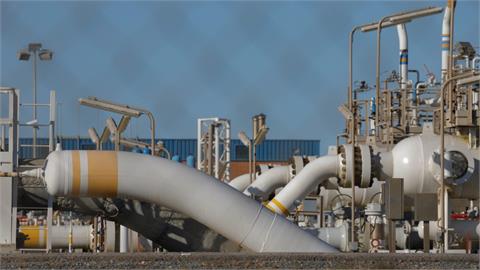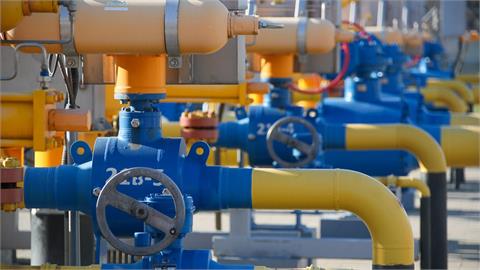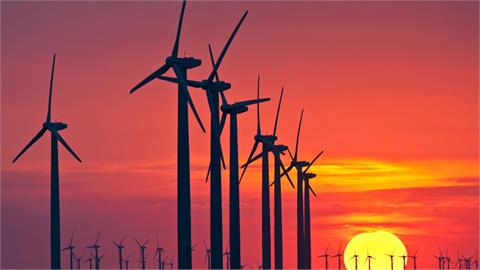The implementation of new projects in the U.S.' Gulf of Mexico plans to raise natural gas production in the region where output declines have been seen over the past two decades, according to the Energy Information Administration (EIA) on Monday.
Ten new natural gas fields are expected to start production this year, and an additional eight will begin producing gas next year, the EIA said. "These new field starts may slow or reverse the long-term decline in Gulf of Mexico production," the agency said in a statement.
The administration added the 16 out of the 18 that will start this year and the next have a combined natural gas resource estimate of about 836 billion cubic feet (23.7 billion cubic meters). The decline of natural gas production in the region was around 82 percent between 1997 and 2018, the EIA data showed.
Natural gas production in the U.S.' Gulf of Mexico averaged 2.6 billion cubic feet (0.07 billion cubic meters) per day through August 2018, accounting for 4 percent of total U.S. production, the EIA said.
In 1997, however, gas production in this region averaged 14.3 billion cubic feet (0.4 billion cubic meters) per day, which accounted for 26 percent of the U.S.' total annual natural gas production, it added.
The administration said the decline of gas production in the Gulf of Mexico occurred as the number of producing natural gas wells in the region showed a decrease -- falling from 3,271 in 2001 to 875 in 2017.
"The technology and expertise required to produce oil and natural gas from the seabed is expensive and specialized, and costs of production platforms can often exceed one billion dollars," the statement said.
"With the growth in exploration and production activities in shale gas and tight oil formations, onshore drilling became more economic relative to offshore drilling," it added.
(Anadolu Agency)



